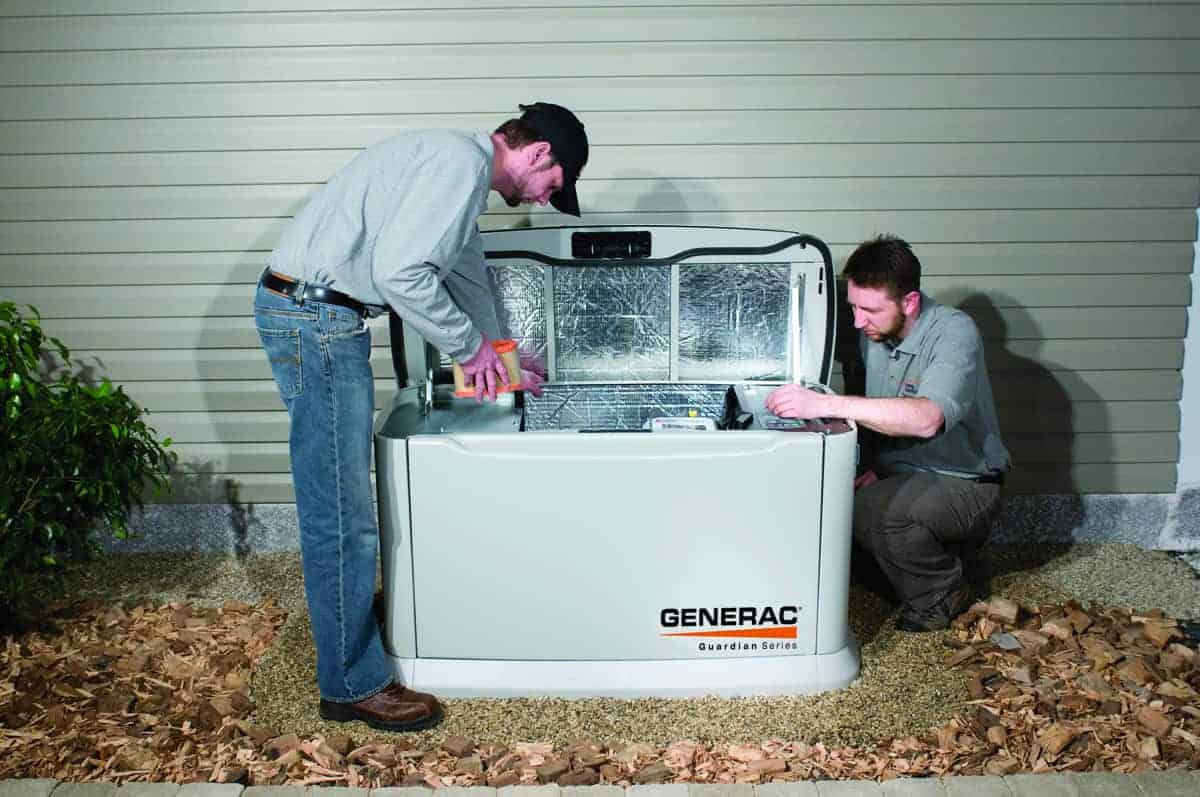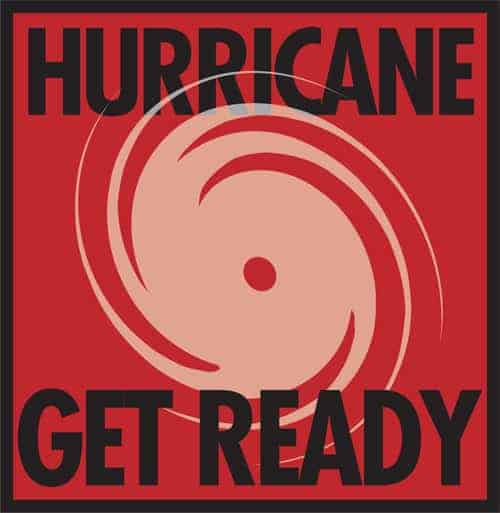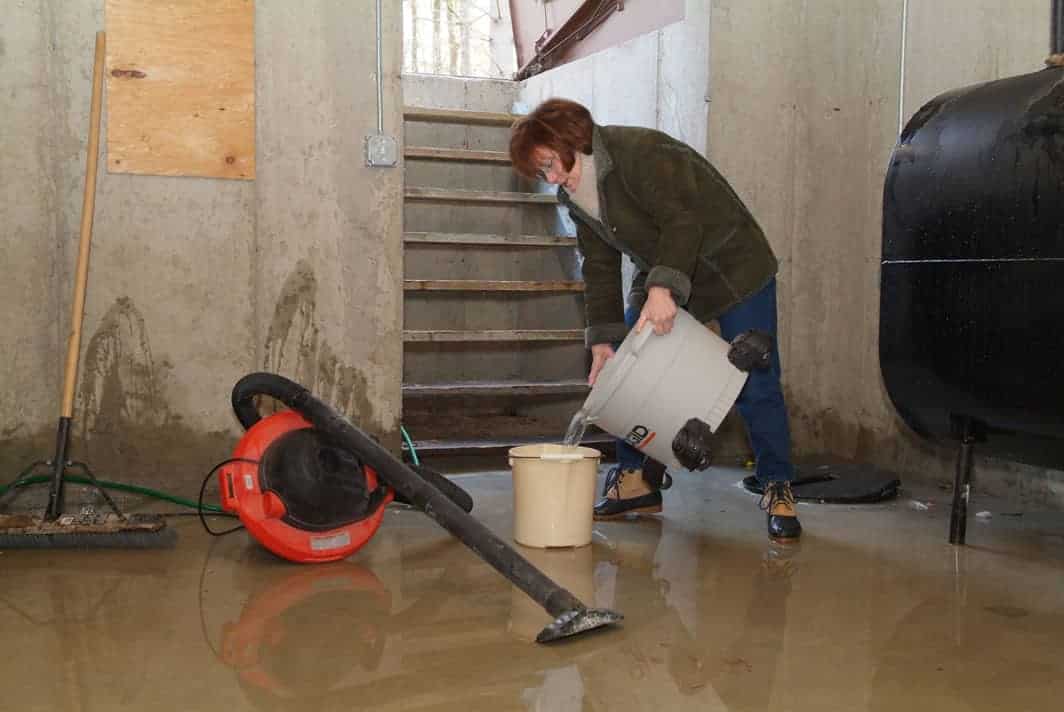Norwall PowerSystems commitment to “Facing down Disaster” Series
Editor, Gerald Hertsch, has already told you how to plan ahead for power in the advent of a disaster and which portable electrical generator to buy. Now he walks you through his generator basics survival.
7 Things That Will Cause Your Emergency Power Generator to Fail When You Need It
Most who own an emergency power generator know that they can be a godsend when the power goes. It can also become the object of overwhelming disappointment and frustration if it fails to operate when you need it most. Unfortunately, there are emergency power generator horror stories. These are incidents in which the situation required immediate back up power but the generator failed to operate as required.
When you purchased your emergency power generator, you intended for it to be there when you needed it most. The worst possible thing that can happen is the power goes out and your generator fails to work as designed. Know this – it happens! And when it does, it usually always occurs at the worst possible moments. Like in the middle of blizzard or during a snowstorm that has hindered everyone from traveling. In times like those, your generator has to be as dependable as the Rock of Gibraltar. Here’s the good news – you can avoid those mishaps by addressing these common mistakes.
Mistake #1 – Using Cheap Gasoline
In this economy, the first reaction for most consumers is to go cheap. However, when it comes your emergency power generator, cheap is not the answer. Remember, you’re talking about providing back up power in the event of a power outage. You cannot afford for your generator to run sporadically in such an event. Almost all high performance fuel-efficient generators are designed to burn unleaded gasoline with an octane rating of 86 or higher. Use anything less and you increase deposit build-up on the spark plugs, spark arrestors, valves and on the muffler. This of course decreases the life of the generator and its fuel efficiency.
Mistake #2 – Using Contaminated or Stale Gasoline
Contaminated gasoline and stale fuel are the culprits in many failed starts and in sporadic operating generators. Not only can they cause an emergency power generator to run inefficiently, they can also cause serious damage to parts and mechanisms. Never use contaminated or stale gasoline or a suspect oil/gas mixture.
Mistake #3 Giving Your Generator Too Much Time Off
Your emergency power generator should be run at least once a month when not in use. I advise people to simply mark their calendars “RUN GENERATOR” and on that day run your unit. This accomplishes a number of crucial things: it runs fresh gas through the carburetor lubricates the engine by circulating oil, and if you have an electric starter, it recharges the battery. If you give your generator too much time off, it might not start because the battery has drained or the gas has become contaminated with water.
Mistake #4 – Storing Your Generator Improperly
Prior to storing your generator, check the storage location for exhaust/fume dangers, moisture and any other potential hazards. I could write a book about the times I’ve heard from generator users who attempted to start their generator during an outage only to find out that the unit was waterlogged, had deflated flat tires or some other damage that affected its performance. When it comes to storing your emergency power generator, take NO chances!
CONSUMER ALERT: Certain emergency power generators come with a fuel valve. Make sure it’s in the OFF position. If you leave it in the ON position, the gasoline could seep into the engine crankcase and dilute the engine oil, thus reducing the lubrication properties of the oil and causing severe engine damage.
Mistake #5 – Not Having Enough Fuel in Storage
This mistake leaves more people in the dark and cold than you can ever imagine. The purpose of having an emergency power generator is to provide backup power during an outage. But without fuel, your generator won’t provide ANY power. A good percentage of people don’t stockpile any fuel, let alone enough. The general rule of thumb is 24 to 32 gallons of fuel. This allows you enough latitude in the event that the outage lasts longer than anticipated.
Mistake #6 – Plugging Your Generator Directly into a Wall Outlet
Never attempt to power your house by plugging your emergency power generator into any wall outlet. This practice, known as “back-feeding” is life threatening because it can potentially electrocute utility workers, family members and neighbors. What makes it catastrophic for homeowners is the fact that this procedure bypasses most or all of the built-in household circuit protection devices.
CONSUMER ALERT: improper connection of your generator could void your homeowner’s insurance in case of damage, accident or injury.
Mistake #7 – Not Managing Your Wattage Usage
People not familiar with generators tend to falsely believe they can power their entire house with a 2000 watt generator. The trend is to just start plugging devices into the emergency power generator and wait to see what happens. The danger in this is that you could possibly damage the generator and lose power altogether. They key here is being an informed user – know the wattage limitations of your generator and never exceed them.












